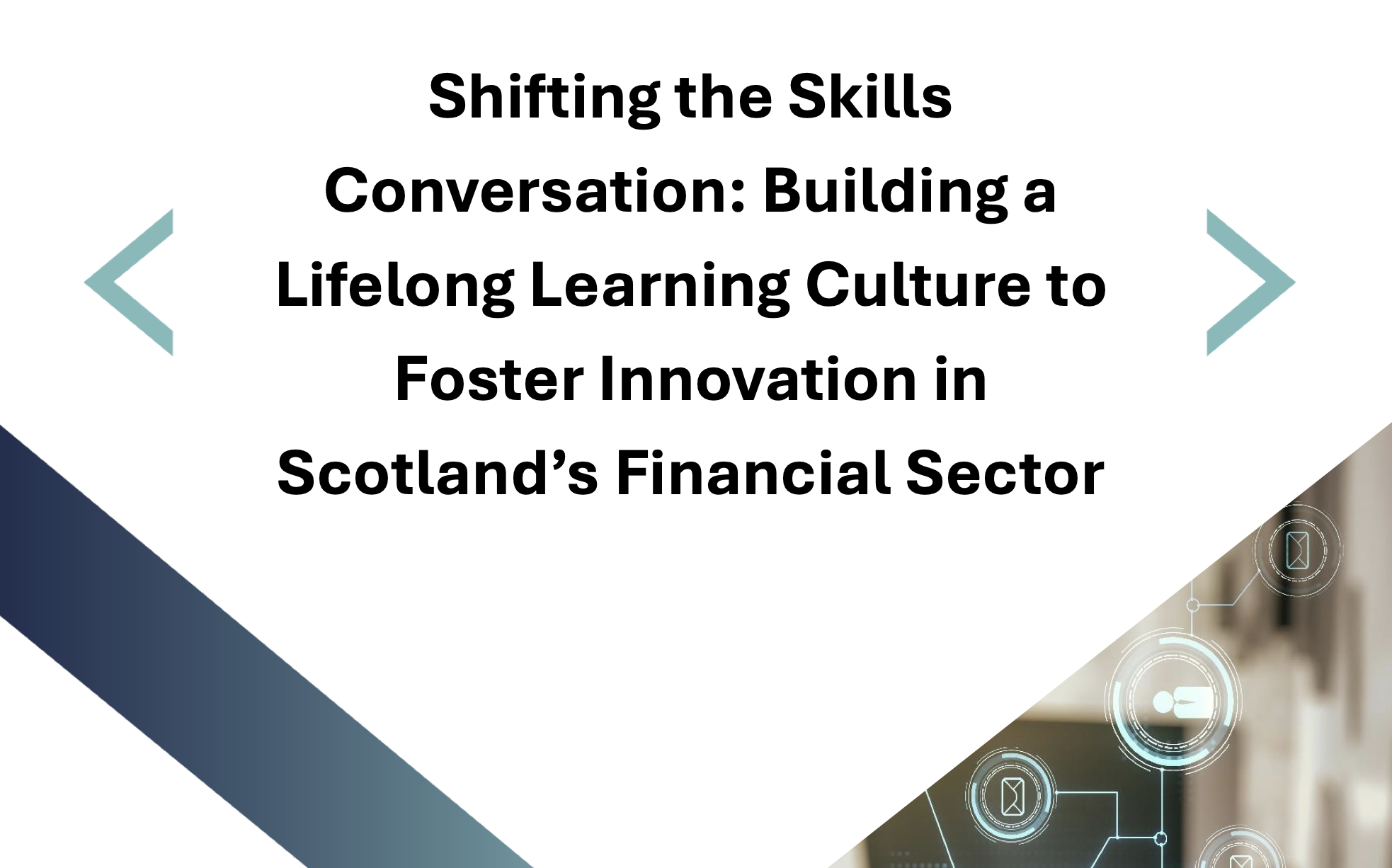Can diversity lead to better recruitment and retention?

Photo by Helena Lopes from Pexels
The challenges for growing Fintech’s in recruiting and retaining top talent in the face of larger firms with greater resources is well documented. This is particularly true in the main Scottish tech hubs of Glasgow and Edinburgh and with more large firms investing in new and expanded bases in the area this trend is likely to continue, so smaller, less well known firms with lower budgets really need to leave no stone unturned when it comes to seeking talent.
The main advantage smaller firms have is being nimble ”“ the ability to adapt hiring processes and to respond to market and candidate needs more quickly than their larger competitors. In this blog I provide some thoughts on diversity in the workplace and practical steps that can be taken.
I have attended numerous events and read countless articles on the benefits of improved diversity within workplaces. I hear the same things over and over as if employers still need to be convinced of the fact that more a more diverse workforce leads to greater creativity, innovation, staff retention and ultimately improved profitability.
It is my belief that employers do understand this. We need to move the dialogue on to the next step ”“ what should firms do about it? It’s a huge topic ranging across diversity in gender, age, disability, ethnicity, neurodiversity etc., and it can feel a bit overwhelming particularly for small to medium companies who may not have the resources that larger companies can lend to the topic.
If it seems daunting as a whole, break it down into manageable steps and prioritise these. Thinking about the stages where diversity plays a part, the biggest of these is probably recruitment as this is where the source of your diverse talent will come from. Breaking this down further how do you ensure you attract applications from the most diverse range of candidates then how do you ensure your selection process is fair to all?
Job Design
Consider what is actually essential for this hire and what can be taught once in post. What could be offered in terms of flexible working, part-time hours, agile working etc? What adjustments could be made for neuro diverse candidates?
Candidate Attraction
If your job design is done well this should automatically lead to a job advertisement which will attract a wider pool of applicants. Also check that the words used in your advertisement don’t accidentally appeal more to a particular gender, there are online tools to assist with this. Now consider how to actively target a wider pool of talent i.e. taking your roles directly to them rather than simply hoping they will find them e.g. where could the advert be placed?
Return to Work Candidates
There has been a rise in the number of returner programme in UK from 4 in 2014 to 70+ in 2019. These are for candidates who have a had a career break of one year or more and are looking to return to the workplace. Research shows that the biggest barrier for them is often loss of confidence so however appealing your job advertisement they still may not apply to you.
The Back in Business returner programme offers workshops to the candidates to help them regain that confidence and get them work ready. We will also consult with your firm to help design a “returnship” opportunity to ensure a manged return to work which more often than not will lead to a permanent hire for your business. Returner candidates tend to prove to be mature, established and loyal which is not always the case with regular hires.
Selection Process
Consider what steps you can take to anonymise applications e.g. removing name, age, gender etc., from CVs before they are passed to hiring managers. Unconscious bias training should be compulsory for all interviewers. Review any assessments being used for ”“ could they disadvantage any groups of candidates?
Back in Business is a diversity led recruitment service which offers returner programmes in Scotland and can also support with each of the other steps mentioned above.
Blog written by Morna Ronnie, Head of Programmes at Back in Business



